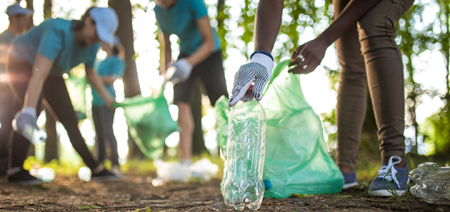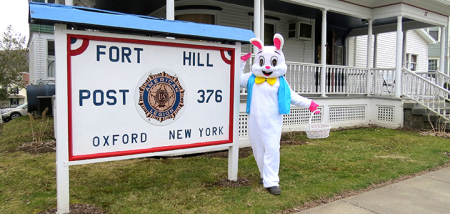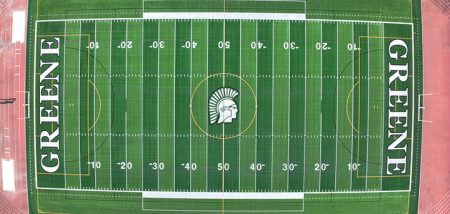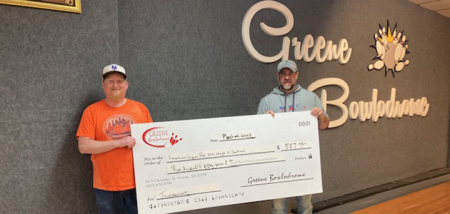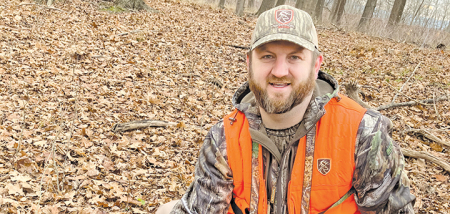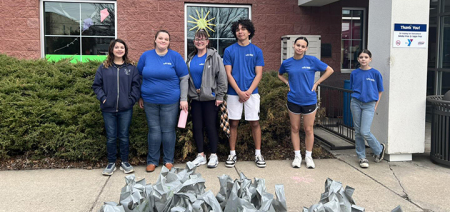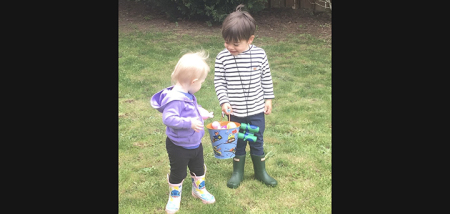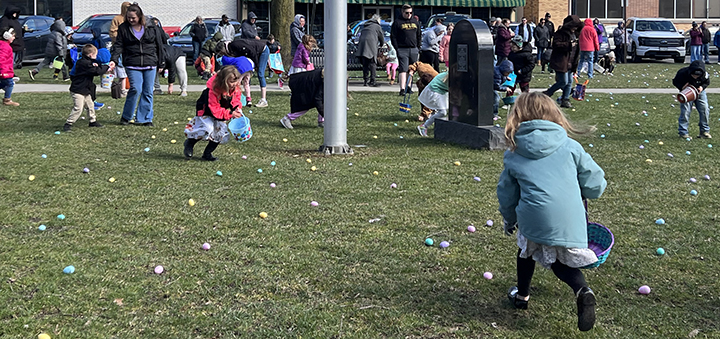Pinch Time Planners
Published:
October 6th, 2016
By:
Josh Sheldon
When it comes to deer hunting, the more time spent in the woods, the better your chances of harvesting one. If life gets busy and hunting time becomes limited, you must compensate in some way.
If you are a regular reader of my column, you will see a major change in my deer hunting strategy. Last fall was like any other, but this one is a bird of a different color. I had no time to trim trails and shooting lanes, never scouted once and have only target practiced once. I have never felt so unprepared in my life, but won’t let it dictate my ability to succeed. Over the years I have hunted many times in spots that weren’t prepared and have figured out the best way to maximize your odds in these locations. Lucky for me I have years of experience, but what should a newcomer to the sport with limited time do?
I’m not excited for this deer season to say the least. I feel so unprepared that I don’t even want to head to the woods. My reason for this isn’t that I fear not getting a deer, rather that I will wound one. I have the utmost respect for wild creatures as they are what sustains my life and out of that comes great responsibility. Taking a life is one thing, but causing extended pain and suffering to an animal is a weight many don’t want to bear. For this reason ethical bow hunters target practice until our arms are jelly and do all we can to tighten our groups. Like I said I was only able to shoot once, but all those past seasons of practice have paid off. I shot out to 35 yards and never came close to making a bad one. I also have been lifting heavy stones and clay all summer, so the draw felt super light. I now feel totally comfortable with my shooting, but my hunting sites are a different story.
I would say as for preparation, I spend the most time trimming shooting lanes and trails. My reason for this is they offer you the best chance at upping your odds, while having a clean path into a stand sight is more important than most hunters realize. Deer can hear you trudging through briers and snapping twigs from hundreds of yards away, which likely ruins more hunts than we may realize. I think about all the hunts that deer were shot only minutes after getting sat down. In every case I made little to no noise heading in. I then think of all the times I have jumped deer while fighting my way into an untrimmed area. The fact is, you will almost never see what you scare away and likely never hit what you don’t have a clear shot to.
A clean shooting lane to the trail you are hunting is the first thing I worry about. No matter how much practice you get, it won’t allow your arrow to weave through a stand of small saplings. For this reason I cut them. I prefer to do this before September, but have shot plenty of deer right after trimming. If you are like me this season, and will be going in to your spot without having cleaned up, it’s of utmost importance that you bring some pruners and a saw. I like the hand clippers that don’t ratchet; you are able to rock them side to side while applying pressure and only have to get most of the way through a limb or sapling. I like to bend them over after partially cutting through them, which serves as a bit of cover. A hand saw is another essential piece of equipment, as you can remove much larger obstacles with them. I recommend getting your gear and seat almost ready first, then hand pruning and finally sawing. Make sure not to cross or step on the trail you will be shooting at, as this will prevent being scented. If you saw in the right rhythm it sounds like a deer making a rub and I clear the leaves around where I am sitting last. The sound of a buck making a scrape is what I try to emulate while clearing my seat and in both cases have had bucks charge in looking for a fight. I saw and get sat down as fast as possible in hopes I may be ready if a buck comes in immediately to investigate.
For the newcomer to bow hunting you really need to focus on shooting. It takes a lot of shooting to master a bow from every angle of shot you may receive. Standing at a 20 yard line and only shooting standing up and in your most comfortable position is a big mistake. It’s highly unlikely that a deer will present you this shot and in most cases you may be a bit rushed. Sight your bow in and start backing up, when you can’t hit a spot the size of your fist any more, that’s the furthest distance you should shoot. You then need to shoot at guessed yardages and odd shooting angles, which will prepare you much better for actual hunting scenarios. Never draw your bow when the deer is looking at you, instead use a tree or some other obstacle to obscure its vision as you pull back. Whistle or squeak to stop the deer in its tracks for a stationary shot. I don’t recommend grunting, as I have had deer take off running after doing it. Take that extra split second to settle your pins and make a slow and deliberate shot. Never rush your shot as bad things typically happen if you do. Last but not least is getting help tracking. Do not attempt it yourself; you need experienced eyes for this job.
The one thing you have in your favor going into a spot that’s not been disturbed, is it’s your best chance at shooting a trophy. They won’t take a lot of pressure and if left alone may move during shooting hours, so just get out there, play the wind properly and make as silent an approach as possible, get a lane or two cut and don’t become discouraged. This will give you the best possible chance at making a clean kill.
Good wishes and when you can’t practice, make a plan.
Author: Josh Sheldon - More From This Author
Comments

